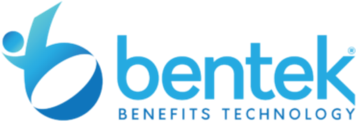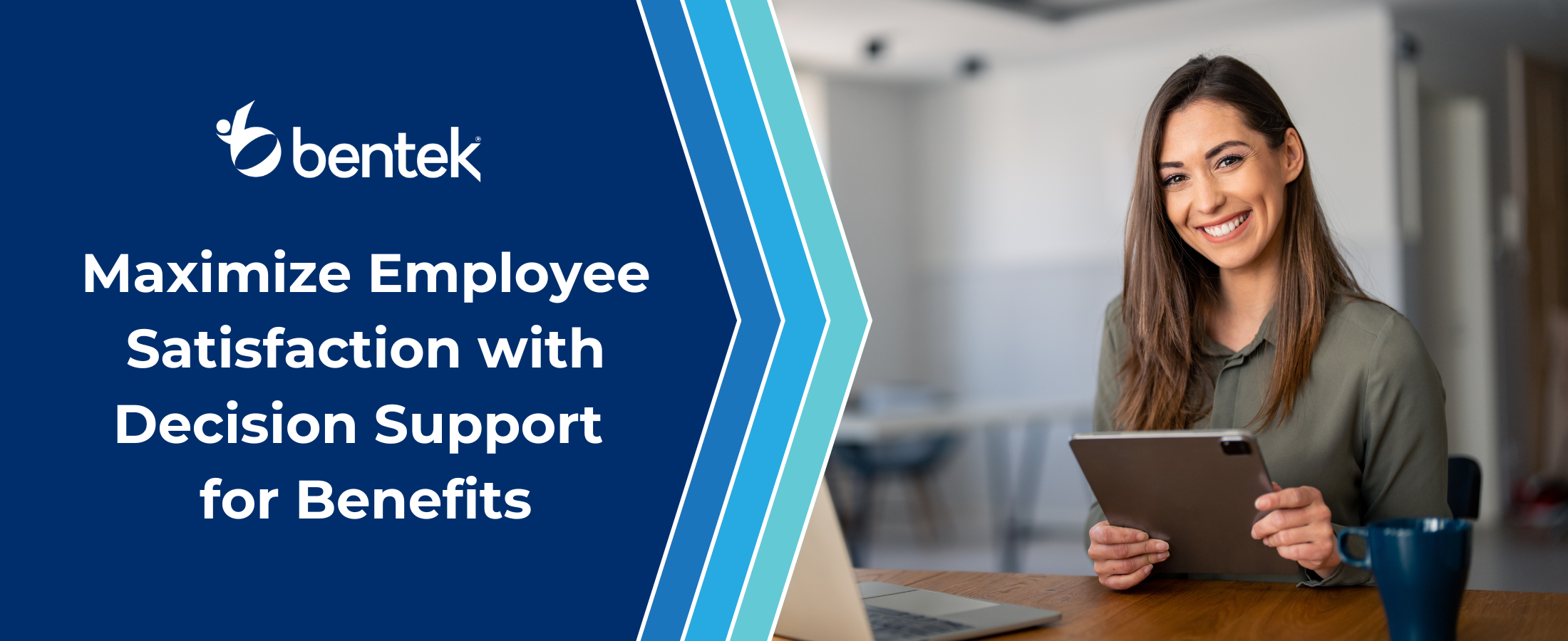In Aflac’s study on Workplace Benefit trends, they found a concerning disconnect between organizations and their employees. This study asserts that 72% of employers think employees understand healthcare costs while only 59% of employees say that they do. This disparity highlights the need for better benefits education.
In the realm of human resources, particularly within public sector organizations, effective benefits education is crucial. Public sector employees often have complex benefits packages, including retirement plans, health insurance, and pensions. Clear communication about these benefits directly impacts employee satisfaction, engagement, and retention. According to MetLife, 88% of employees who understand their benefits are more likely to feel cared for by their employer. Poor benefits communication can lead to increased turnover and disengaged employees, posing significant financial and operational risks.
Understanding the Different Types of Employee Benefits
Employees need to understand various types of benefits, including health insurance, retirement plans, wellness programs, and life insurance. Core benefits, such as health insurance and retirement plans, are typically employer-sponsored and form the foundation of an employee’s benefits package. Voluntary benefits, like life insurance and disability insurance, offer additional protection and convenience, allowing employees to customize their benefits to suit their individual needs.
Effective education should be tailored to the demographics of the workforce, including new hires, retirees, and unionized employees. Guardian Life reports that 88% of employees say understanding their benefits helps them make better financial decisions. This highlights the importance of clear, accessible benefits education that empowers employees to leverage their benefits effectively.
Best Practices for Effective Benefits Education
- Segmented Communication: Break down complex benefits into digestible, targeted communications specific to each employee group. For example, send personalized communication to full-time employees about healthcare and retirement options, while part-time employees receive information tailored to their eligibility.
- Clear and Concise Messaging: Use simple language and avoid industry jargon to ensure all employees understand their benefits offerings. Utilize video explainers, infographics, and FAQs to simplify concepts like healthcare deductibles, co-pays, and premiums.
- Leverage Technology: Digital tools such as online portals, self-service tools, and benefits apps make benefits information more accessible and engaging for employees. PwC found that organizations using digital tools for benefits communication see a 23% higher benefits engagement rate.
- Ongoing Education: Benefits education should not be a one-time event. Hold annual workshops, webinars, or refresher courses to keep employees informed about their benefits, especially in public sector roles where plans may change.
- Interactive and Engaging: Use interactive methods such as surveys, quizzes, and benefits calculators to actively engage employees in their benefits education.
Common Challenges in Benefits Education and How to Overcome Them
- Information Overload: Employees can feel overwhelmed by too much information at once. Break information into bite-sized emails, newsletters, or short video segments rather than distributing all details at once.
- Employee Disengagement: Conduct benefits education during key moments, such as open enrollment, new hire orientation, and life events (e.g., marriage, children, retirement). According to MetLife’s Employee Benefits Trend Study, 40% of employees feel confused about their benefits, and they retain only a portion of the information provided during traditional benefits presentations.
The Role of Technology in Modern Benefits Education
Technology plays a growing role in benefits education, particularly for public sector organizations with geographically dispersed employees. Online benefits portals, mobile apps, and self-service platforms allow employees to review their benefits at their convenience. These tools not only make benefits information accessible but also allow HR professionals to track employee engagement with educational materials. ADP reports that 60% of employees are more likely to engage with benefits education when delivered through mobile-friendly platforms.
Measuring the Effectiveness of Your Benefits Education Program
To assess the success of benefits education efforts, HR professionals can use several methods:
- Employee Surveys: Gather employee opinions on the clarity and usefulness of the information provided.
- Engagement Metrics: Track metrics such as open rates for benefits-related emails, logins to benefits portals, and participation in educational webinars.
- Post-Onboarding Assessments: Gauge how well new hires understood their benefits through quizzes or one-on-one discussions.
Aflac found that 75% of employees say their employer’s benefits communication influences their decision to stay with the company long-term.
Conclusion: Empowering Employees Through Effective Benefits Education
Effective benefits education is essential for improving employee satisfaction, retention, and engagement. HR professionals should continuously refine their benefits communication strategy and leverage the latest digital tools to enhance employee understanding. By assessing current benefits education efforts and implementing new strategies, HR professionals can empower their workforce and create a more informed, engaged, and satisfied employee base.
For more articles like this, check out the Bentek Blog!




